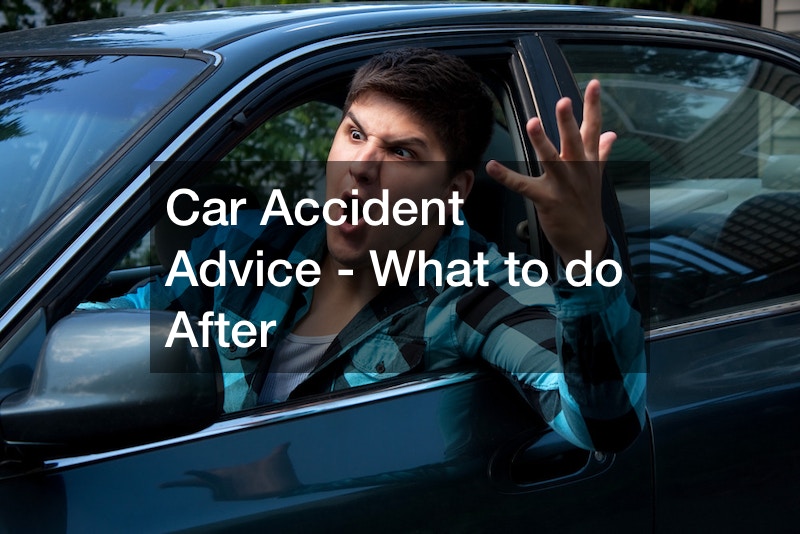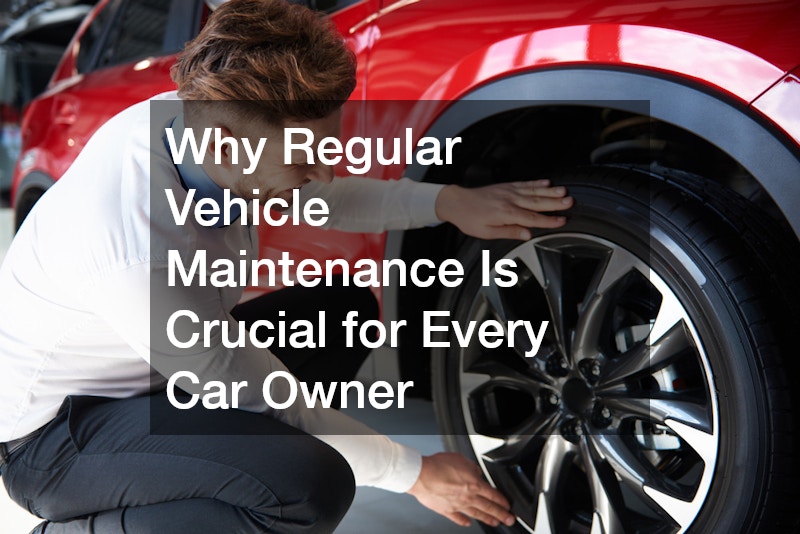
Parents share the excitement teenagers feel when they get their long-awaited driver’s license. No wonder, as a driver’s license is the gateway to many great possibilities. For a teenager, it’s the beginning of long-awaited adulthood that’s full of freedom and, of course, responsibilities. However, is a teenage driver prepared to face the risks and responsibility of driving on the highways?
While young drivers have all the necessary skills to take responsibility for optimally driving a vehicle, the statistics regarding road accidents in the United States provide us with some signs that nevertheless designate them, perhaps due to their lack of experience, as high-risk drivers. Safe driving habits are essential to avoid risks. To ensure your teen is ready to drive on their own, go over the following safe driving habits and topics.
The Basics: Safe Driving Habits to Follow

There are certain basics when it comes to safe driving habits that teenagers need to follow. These include:
- Do not drive if you have not had enough rest or if you are not feeling well.
- Do not get behind the wheel after eating a lot or after drinking alcohol.
- Do not use electronics while driving.
- Maintain a safe distance from the car in front.
- Pay particular attention in winter when there is snow or ice on the road as well as when there is fog or rain. In this case, it is recommended to slow down.
- Do not exceed the established speed limits and do not drive dangerously.
- Do not pass other vehicles in poor visibility conditions.
- Always signal the lane or direction change.
- You should not have the volume of the music too high in the car to be able to hear the noises coming from the road.
- Respect the road code, especially the traffic lights and pedestrian crossings.
When you choose one of the best private schools to undergo a safe driving course or driving lessons, you will be informed of all the safe driving habits you should practice to eventually become a great driver.
Importance of Seat Belts
Parents should insist that it is mandatory for their teenagers to wear a seat belt. It is perhaps the main habit that every good driver should start to practice from the beginning. Young drivers tend to ignore this rule at times. The use of a seat belt can provide a sense of safety for both the driver and all passengers inside the vehicle. The driver should insist that everyone wear a seatbelt before starting the vehicle. It can make a whole lot of difference between life and tragedy when you practice safe driving habits.
Paying Attention

Paying attention to the traffic around you as you drive is crucial. One of the safe driving habits to always practice is consulting the mirrors inside and outside the vehicle while anticipating the maneuvers that other drivers will make. This is a characteristic of a courteous and safe driver. Driving in the right lane is a general rule on roads with two or more lanes is important. The good driver always maneuvers in the right lane, except when passing others, safely. This makes it possible for other drivers who travel faster to pass you safely.
It’s also important to indicate maneuvers at the right time. A good driver signals other drivers with his turn signals when he intends to turn or change lanes well in advance so that allows other drivers can act accordingly. Do not block intersections. It is necessary to be aware of the entrance to an intersection so that you do not block it when the traffic light turns red. Respect the traffic light phases, too. If the light changes to yellow and you have enough space to brake safely, you should do so. You can endanger the lives of cyclists, pedestrians, and other drivers by passing it just to save a minute or two.
Being Respectful and Responsible
Allow the incorporation of other vehicles on the road to practice safe driving habits. Remember that sooner or later you will be in the same situation. Maintain a sufficient distance from the vehicle in front of you; the distance must be such that it allows two to four seconds of reaction in the event of sudden braking. You can use the stripes painted on the road to calculate that distance.
Respect the speed limits in residential areas, too. These are areas where there may be children running and playing on the street, and they can suddenly burst onto the road without being attentive to the vehicles passing through it. Be respectful and patient with pedestrians and drivers of all ages. Keep a greater safety distance and be patient. It is possible that the speed of these drivers is lower and their ability to react slower. Facilitate and allow the passage of assistance or emergency vehicles quickly.
Be tolerant of other drivers. Preserving the safety of motorists, cyclists, and pedestrians, always respecting the rules of the road, and keeping the vehicle in perfect condition are also all habits of a good driver.
Distracted Driving

Distracted driving can cause car accidents and is one of the safe driving habits the law strictly dictates. These days, teenagers are most distracted due to the use of their cell phones while driving. Many teens think they can do both at the same time, but it’s an important personal decision to ensure safety for both your teenage driver, other drivers, and pedestrians.
If you are driving, communicating with your family and friends can wait. You should only pick up your cell phone when there is an emergency. If there is an emergency and you need roadside assistance or you need to call someone, the best decision to make is to find a rest area or just pull over on the highway to make your call.
Other areas of distraction include:
- Eating and drinking
- Applying makeup and brushing your hair
- Entertaining or looking back at a passenger
- Arguing or talking with the passenger
- Reaching for an object on the floor or behind the seat
- Changing songs or radio stations
- Reading the GPS instructions
- Reading the names of the streets, and read signs or announcements along the way
- Turning your neck or look at some external distraction
- Video chatting
Make sure it is a well-lit area. You should never have long conversations on the phone. It can be distracting and risky. Using your phone to send a text message is even more dangerous. Trying to post something on your social media page is much worse. All these things can be left undone until you are more focused and not behind the wheel.
Parental Recommendations and Limits
Parents should impose limits on the number of passengers. In the same way, talk with the adolescent and explain the importance of safe driving, avoiding distractions when driving, and how the company of friends of the same age, when they are numerous, can be a terrible distraction for the driver.
Have a conversation about night driving. The high rates of accidents at night by teenage drivers should be a wake-up call to parents or guardians within the home. Establishing stricter limits and responsibilities, becoming more involved in the activities of the adolescent driver, and ensuring their safety without invading their private life are necessary actions to take as a parent.
Your teenager should be concerned with knowing the traffic laws that apply in the state of origin. This allows you to target your concern more effectively and implement stricter rules and conditions. Do not rely exclusively on driver education. The education provided in schools and other institutions is important to practice safe driving habits, but the advice and recommendations of parents or older siblings are also very important. Drivers with more experience in the home should guide and pass on their skills to the new driver to begin to form the habit of safety behind the wheel.
Drinking and Driving

Alcohol continues to be a scourge for road safety. 43% of road fatalities in the last year were young people between 15 and 34 years old. According to Road Safety studies, those under 35 years of age are the most likely to drink and drive. The World Health Organization (WHO) points out that driving under the influence of alcohol will increase the probability of being in a road accident with serious and/or fatal consequences. This alcoholic state produces negative effects on vision, coordination, and attention on the road, causing an unreal state of euphoria and self-assurance. The WHO mentions that road traffic injuries are considered an epidemic and mainly affect children and young people.
Because of this, drinking and driving is dangerous and can cause tragic car accidents. Your teenager should practice common sense and safe driving habits. You don’t want your teen to end up needing to seek rehabilitation after a terrible car accident that could have been avoided with important conversations and strict rules in place.
Handling Road Rage
Road rage is something that many drivers experience. Your teenager is no different. Make sure you sit down and have a talk with your teen about the dangers of road rage. Road rage can lead to car accidents or vehicle damage, such as hitting another car or running into a dumpster rental in a driveway.
If a driver cuts you off, just keep driving as if nothing happened. Don’t get angry. An angry driver doesn’t necessarily have good judgment. If you have to pull over to the side of the road because another driver is being disrespectful, it is best to do so. Never get into an argument. Do everything you can to diffuse the situation; silence is usually the best solution.
Household Driving Rules

Parents should be aware of the GDL or Graduated Driver Licensing guidelines for the state they live in. Use those legal guidelines to educate, inform and create household rules for teenage drivers to practice safe driving habits. The rules help to restrict new drivers and inform them about the risks associated with driving. The rules are meant to keep everyone safe, both driver and passenger.
There are several non-negotiable rules such as distracted driving, the use of seat belts, and driving under the influence. Teenagers are also to avoid driving when it snows and driving with their peers since the immaturity and inexperience might cause mishaps.
There are some parents who might incorporate a driving agreement so that teens know and follow the household rules. It is important that parents maintain a strict and open line of communication with their teenagers. Provide a road assistance number for the teenagers to call just in case it is necessary. Parents should undergo garage door opener repairs if the remote is no longer working so everyone driving in the home can safely park their car in the garage in poor weather conditions or after getting back from a night shift in the dark.
Other rules parents may set forth in their household include:
- Always wearing a seat belt
- Following the driving laws
- Not riding as a passenger with someone who doesn’t have a driver’s license or with another teen driver who is too inexperienced to drive others
- Paying attention to stoplights
- Not speeding or driving when the weather is bad
- Requesting the car keys from parents first before driving
Car Ownership Responsibilities
Parents should teach their teenager car ownership responsibilities, such as getting a part-time job to pay for gas and some of the expenses involved with cars. These may include fixing the air conditioning unit, obtaining oil changes, or buying custom rims. Even if the teenager does not have all the money, they could at least learn responsibility by providing some through a part-time job.
Introduce your teenager to your auto mechanic so they can take the vehicle for maintenance such as changing the oil and replacing the spark plug wire. Your teenager will notice that it takes more to cars than just driving them around. Let your teenager clean the car regularly, the inside and the outside. Your teen will appreciate the fact that the car needs upkeep. Show your teen where to find the spare tire in case tire changing is necessary while on the road.
Steps to Take After a Car Accident

If your teenager happens to get into a fender bender or crash, it is important to know what to do after a car accident. Of course, the first thing to do is to call the police. Usually, the police will ask if your teen needs an ambulance. It is best to indicate that an ambulance is needed because many injuries don’t show up at the scene of the accident. Medical attention is paramount in this situation.
Then, instruct your teenager to call a parent. You may have to go to the hospital to sign parent consent forms. Once your teen is out of the woods, then it is time to contact a car accident lawyer, if necessary, to help with filing a suit, providing legal representation in court, and obtaining the right compensation for personal injury and medical costs.
A teenage driver is a driver on the learning path. It is in the parents’ hands to share all of their acquired knowledge to ensure the safety and well-being of new drivers in their homes. As a parent of a teenager driver, do your part by setting strict rules and teaching your child the best safe driving habits.



